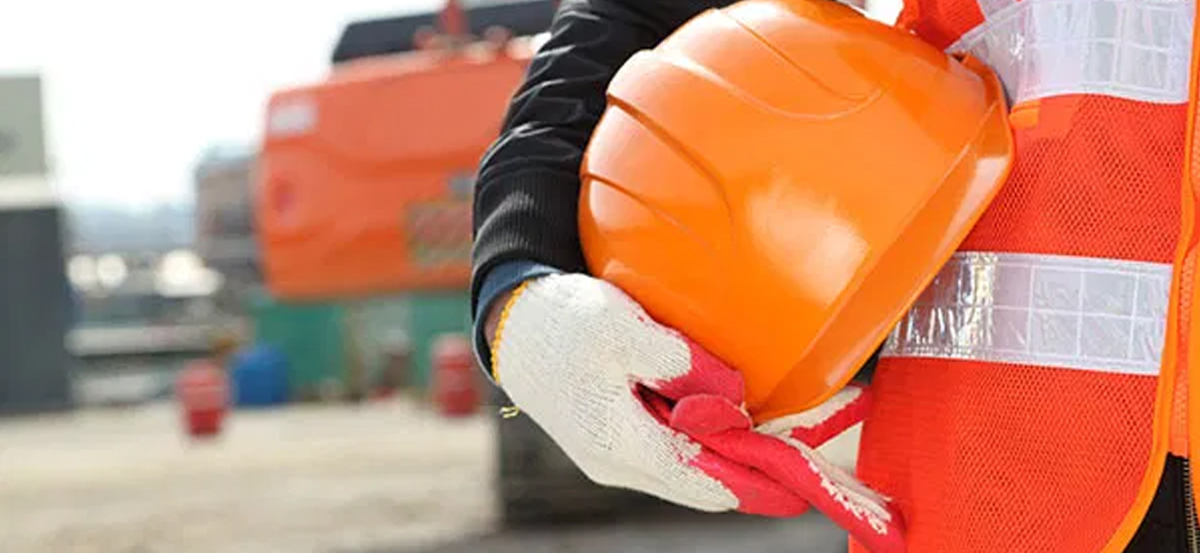Other Services
Responsibility for safety and health management ultimately rests with the employer. This responsibility is normally delegated to executive directors, senior managers, line managers, supervisors and employees. Each person’s authority and duties should be clearly defined, documented and communicated to them. The organizational and reporting structure for implementing these duties should be illustrated in an in-house organizational chart. In addition each director on the organization’s board needs to accept their responsibilities in providing safety and health commitment and leadership by:
- Ensuring that each members’ actions and decisions at board level always reinforce the message in the organization’s Safety Statement
-
Preventing a mismatch between individual board members attitudes, behavior or decisions and the organization’s Safety Statement so as not to undermine workers belief in maintaining good safety and health standards.
Solution
The employers meet with the requirement of Health & Safety Plans and Safety Policies with the help of Eurolink Safety Consultants who not only help in meeting the prerequisites but also put across the solutions root to shoot.
Euro Link helps the organizations in establishing and maintaining procedures to respond to accidents and emergency situations, and to prevent and minimize the safety and health impacts associated with them.
The effective emergency planning should cover
- The development of emergency plans
- The testing and rehearsing of these plans and related equipment, including firefighting equipment and fire alarms
- Training personnel on what to do in the event of an emergency, particularly those people who have to carry out duties (e.g. fire-fighting teams, first- aiders)
- Advising people working or living near the installation about what they should do in the event of an emergency
- Familiarizing the emergency services with the facilities at the organization so that they know what to expect in the event of an emergency.
- Details on the installation, availability and testing of suitable warning and alarm systems
- Details of emergency scenarios that might occur, including the means for dealing with these scenarios
- The emergency procedures in the organization, including the responsibilities of key personnel, procedures for fire-fighting and evacuation of all personnel on site and first-aid requirements
- Details of emergency services (e.g. fire brigade, ambulance services, spill clean-up services) and the contact arrangements for these services
- Internal and external communications plans
- Training plans and testing for effectiveness
-
Details on the availability of emergency rescue equipment and its maintenance log.
It should be a line-management responsibility to monitor safety and health performance against predetermined plans and standards. Monitoring reinforces management’s commitment to safety and health objectives in general and helps to develop a positive safety and health culture by rewarding positive work done to control risk. Two types of monitoring are required:
- Active Systems that monitor the design, development, installation and operation of management arrangements, safety systems and workplace precautions.
-
Reactive Systems, which monitor accidents, ill health, incidents and other evidence of deficient safety and health performance.
Everyone in the organization should know about the organization’s Safety Statement and the philosophy underlying it and the structure and systems for delivering the policy. Employees should also know which parts of the systems are relevant to them, to understand the major risks in the organization’s activities and how they are controlled.
INQUIRE NOW

